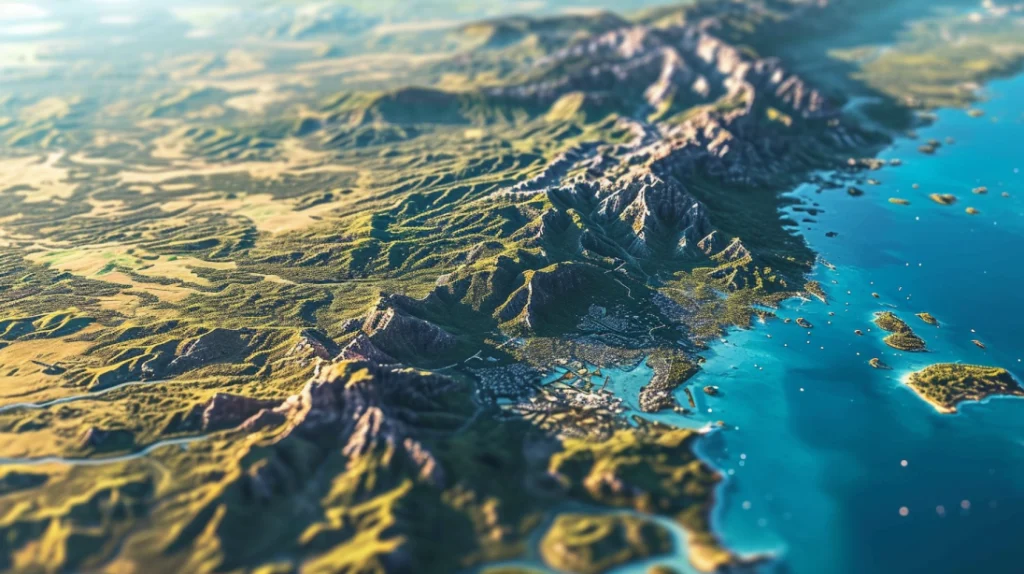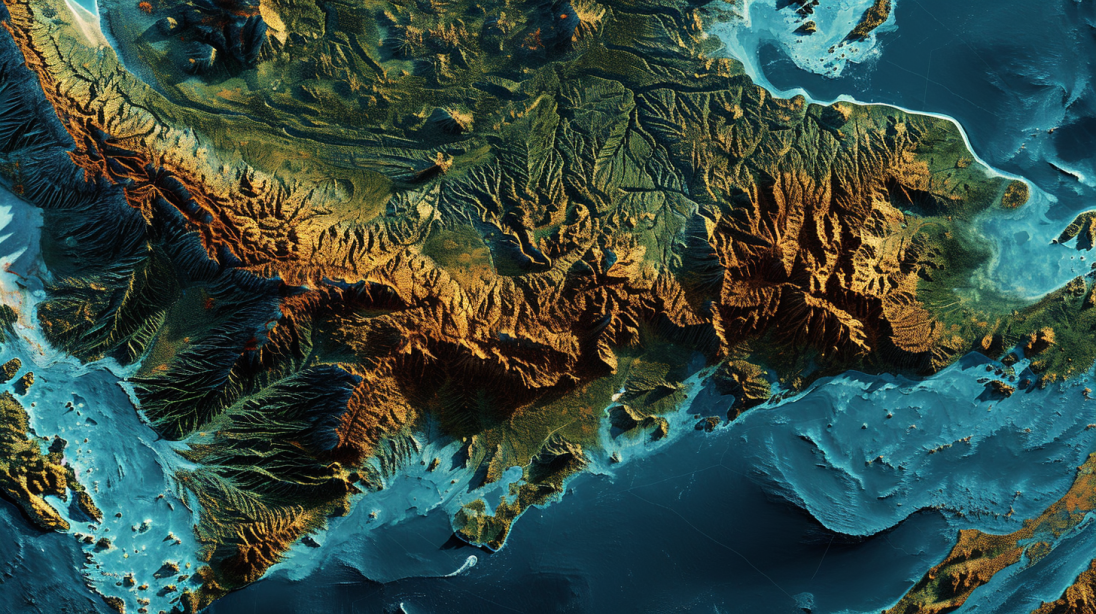Are you ready to embark on a virtual journey to explore the enchanting landscapes of Timor-Leste? In this detailed map guide, we uncover the captivating treasures of this Southeast Asian gem. Let’s delve into the diverse culture and natural wonders that make Timor-Leste a must-visit destination. Whether you’re planning an adventure or simply curious about this stunning country nestled in the Indonesian archipelago, get ready to discover the allure of Timor-Leste. So, join us as we navigate through the rich history, breathtaking scenery, and captivating experiences awaiting you in Timor-Leste.
Which country is Timor-Leste in?
Timor-Leste, also known as the Democratic Republic of Timor-Leste, is situated in Southeast Asia, nestled on the southernmost tip of the Indonesian archipelago, just northwest of Australia. Its capital city is Dili. This beautiful country covers an area of approximately 15,000 sq km and offers a unique blend of culture and natural beauty.
Who owned Timor-Leste?
Timor-Leste, located in Southeast Asia, was under Portuguese influence for centuries, eventually becoming a Portuguese colony until 1975. Following this, the region experienced internal conflict leading up to a declaration of independence and subsequent Indonesian invasion and annexation.
What does Timor Lorosae mean?
The name Timor-Leste literally means Eastern-East in Portuguese and derives from the Indonesian and Malay word timur meaning east. In the local Tetum language, it is translated as Timor Lorosa’e, which conveys the beautiful meaning of East Rising Sun. This truly captures the essence of the country’s location and heritage.

What did Timor-Leste used to be called?
Timor-Leste, formerly known as East Timor, gained recognition from the United States in 2002 when it achieved independence. Prior to this, it was a Portuguese colony until 1975, and then fell under Indonesian sovereignty from 1976 to 1999. This beautiful nation has a rich and complex history.
Why is Timor-Leste famous?
Timor-Leste has gained a reputation for being an exciting new hotspot for travellers. Its stunning coral reefs, picturesque beaches, and dramatic mountain landscapes have captured the interest of many international visitors. The rich cultural heritage of the region further adds to its allure, making it a must-visit destination for those seeking unique experiences.
Who found Timor-Leste?
The founders of Timor-Leste were the Portuguese, who reached the area around 1512-1515. They were among the first to explore and make contact with the beautiful landscapes of the region.
What is Timor-Leste best known for?
Timor-Leste is renowned for its incredible marine biodiversity, particularly within the Coral Triangle. This remarkable region is home to an abundance of reef-building corals, over 2000 species of reef fish, and an impressive six out of the seven marine turtle species found worldwide. It’s truly a paradise for anyone interested in marine life.
Is it worth going to Timor-Leste?
With its stunning beaches and superb diving opportunities, Timor-Leste is definitely worth a visit. Despite being off the beaten path, the friendly locals and unique experiences make it a hidden gem. While places like Bali attract millions, Timor-Leste’s charm lies in its unspoiled beauty and hospitable atmosphere.
Is Timor-Leste rich or poor?
Timor-Leste is considered one of the less wealthy nations in East Asia, heavily reliant on foreign aid. The country’s economy has faced challenges, with oil and gas making up the majority of its GDP and government revenue. Despite this, economic liberalization has slowed down, and the technology-focused oil industry has not significantly contributed to job creation.
Why is Timor-Leste expensive?
Timor-Leste tends to be on the pricier side due to its small market size and limited economies of scale in production. This often leads to higher trade costs, mirroring the challenges faced by many other developing countries in the Pacific region. More info
Is Timor-Leste safe for tourists?
Travelers planning a trip to Timor-Leste should be mindful of the need to exercise caution given the potential for crime and limited healthcare options in certain areas. It’s important to stay informed and take necessary precautions to ensure a safe and enjoyable visit to this region.
Why is Timor-Leste split in two?
The division of Timor-Leste dates back to the 17th century when the Dutch made their way into the Western part of the island, taking control of that territory. Subsequently, in 1859, a treaty between the Dutch and Portugal established the border, leading to the split between Portuguese Timor (Timor-Leste) and Dutch Timor in the west.
Why is Timor-Leste a poor nation?
Timor-Leste faces challenges due to limited water access, limited crop diversity, and the impacts of climate change. These issues contribute to high rates of food and nutrition insecurity, affecting over 50 per cent of children under five, leading to stunted growth.
What is the meaning of Timor?
Timor, an island nestled in the heart of the Malay Archipelago, is the largest and most eastern of the Lesser Sunda Islands in Indonesia. Its name resonates among the diverse landscapes and cultures of this region, reflecting the rich history and significance of this island in the Indo-Pacific area. More info
How many Chinese are in Timor-Leste?
Around 4,000 Chinese-Timorese currently reside in Timor-Leste, forming a part of the country’s multicultural community. Before 1975, there was a larger Chinese population of around 8,000 individuals, but many left during Indonesia’s lengthy occupation. Some Chinese-Timorese have chosen to stay, while others live abroad, contributing to the diverse cultural landscape of Timor-Leste.
Conclusion
In this comprehensive map guide, we’ve uncovered the cultural, historical, and geographical tapestry of Timor-Leste. From its roots as a Portuguese colony to its breathtaking coral reefs, this enchanting nation has a wealth of offerings, making it a destination not to be missed. Whether it’s the allure of its unspoiled beauty, the warmth of its people, or the richness of its marine life, Timor-Leste promises a unique and unforgettable experience for those who venture to its shores. While challenges exist, including economic aspects and safety considerations, the country’s resplendent landscapes and cultural treasures combined with its warm hospitality continue to make it a captivating and worthwhile destination.


Stay connected